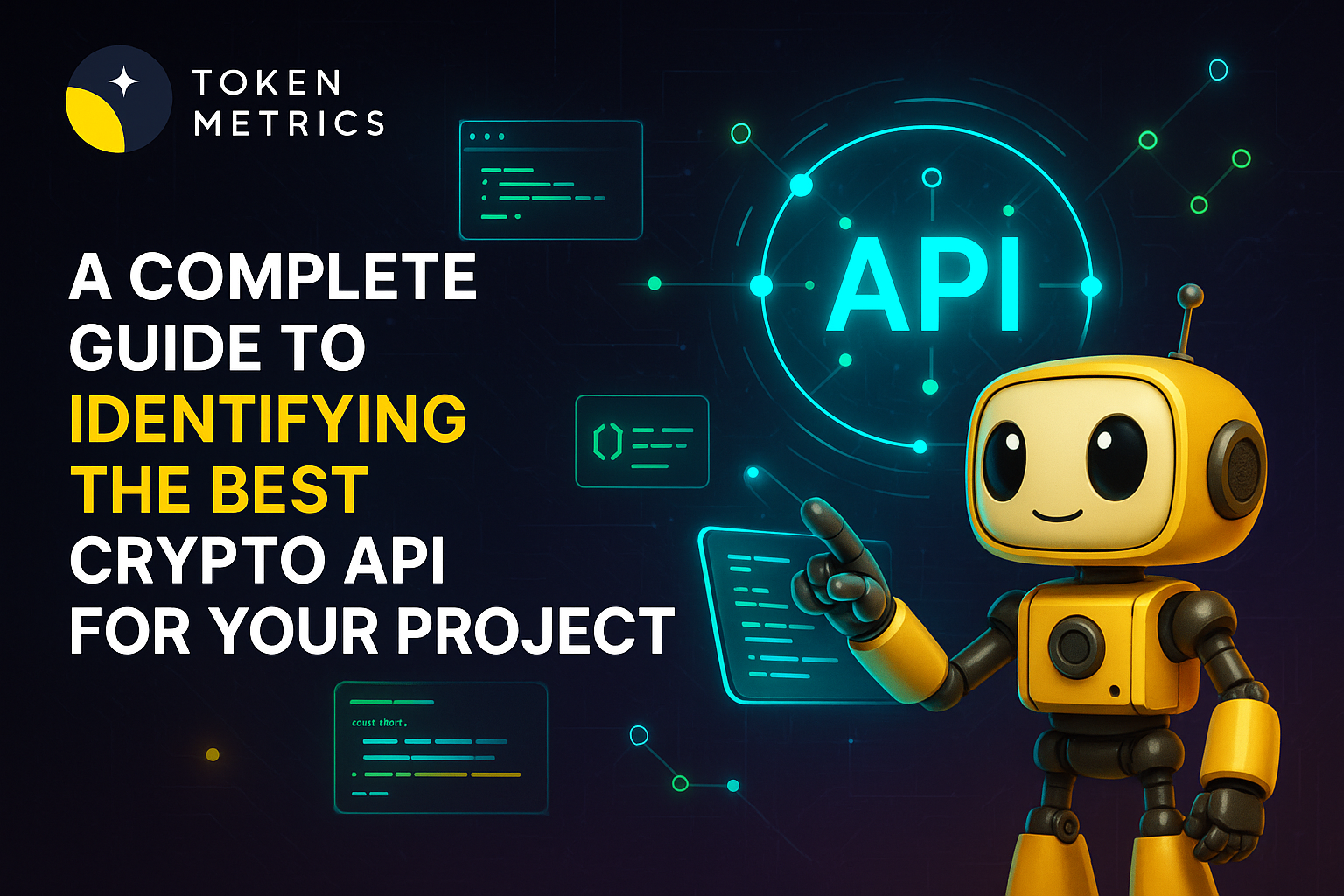Altcoin Season Delayed? 2025 Crypto Market Cap Trends Explained

In 2025, much of the altcoin market remains subdued. Prices for many tokens are still down more than 90% from their all-time highs. Despite sporadic rallies and renewed interest in certain sectors like meme coins or AI, a broader altcoin season has yet to materialize. The question facing many crypto investors now is: why?
In this analysis, we explore the macro and structural reasons for altcoin underperformance, unpack the liquidity bottleneck, and discuss what might change this narrative going forward.
The Data: Altcoins Still Deep in the Red
By mid-2025, most altcoins remain far below their PEAQ valuations from the last cycle. While Bitcoin and a few select large caps have recovered or even set new highs, the broader altcoin ecosystem continues to lag. This decoupling is not new—it happens every cycle—but the magnitude and persistence this time are notable.
A combination of market structure changes and supply-side dynamics are likely responsible.
Why Liquidity Hasn’t Returned
The most critical variable is liquidity. In previous bull runs, altcoin rallies were fueled by large inflows of new capital. This fresh money—often speculative—moved quickly through different sectors, inflating valuations across the board.
Today, however, the crypto market cap sits at around $3.3 trillion, with only ~$300 billion in net new capital added since the start of the cycle. At the same time, there are far more tokens than ever before. This mismatch between capital and available supply has diluted flows and suppressed upside for all but the strongest assets.
Instead of every token catching a bid, capital is rotating selectively, often into Bitcoin, a few meme coins, or tokens associated with highly visible narratives.
Token Supply Has Exploded
One major shift is the sheer number of tokens now on the market. Since the last bull run, the number of tradable crypto assets has increased significantly—perhaps by an order of magnitude. Many of these tokens have little to no trading volume, real users, or sustained community.
This oversupply of assets creates a fragmented market where attention and liquidity are spread thin. As a result, the days of altcoin beta—when nearly every token would rally simply because “the market is up”—may be over.
Going forward, performance may rely more on fundamentals, usage, and real demand.
Sector Rotation Dominates
Rather than broad-based rallies, the market is experiencing sectoral rotations. Capital flows aggressively between narratives: from meme coins to AI tokens, then to DePIN, and perhaps next to RWAs or perpetual DEXs.
This “hot potato” behavior means even when a sector performs, it's often short-lived. Many traders chase the next hype wave rather than allocating with conviction. The result is volatility without trend sustainability, and thin liquidity across most altcoins.
Institutions Are Still Focused on Bitcoin
Another reason altcoins lag is that institutional interest remains centered on Bitcoin—and to a lesser extent, Ethereum. This is particularly true in 2025, as the regulatory landscape slowly becomes more defined and risk appetite stays muted.
Bitcoin continues to benefit from a macro narrative that positions it as a hedge against inflation, fiat instability, and geopolitical risk. With potential for further escalation in global conflicts and economic uncertainty, BTC is often the first and only crypto asset to attract serious inflows.
Until altcoins can offer a comparable use case or risk-adjusted return, institutional capital will likely remain concentrated in BTC.
What Needs to Change
There are several potential catalysts that could eventually bring altcoins back into focus. These include:
- Improved Liquidity: More capital entering crypto markets through new ETFs, stablecoin infrastructure, or sovereign adoption.
- Macro Stabilization: A return to risk-on environments globally could expand investor appetite for high-beta crypto assets.
- Real Usage: Tokens that can demonstrate strong on-chain revenue, user growth, or ecosystem traction may attract sustained demand.
- Narrative Shifts: New technological breakthroughs or mass adoption events (e.g., consumer applications, financial integrations) could lead to renewed enthusiasm.
- Token Burn and Scarcity: Projects that reduce supply through burns or buybacks may outperform in a low-liquidity world.
Avoiding the “Musical Chairs” Risk
An important takeaway from the current market environment is the growing risk of holding underperforming assets too long. The metaphor of “musical chairs” applies here—when the music stops, not all tokens will have a place.
Just as the dot-com bubble led to a major culling of internet companies, the crypto market may be undergoing a similar filtering process. Those with product-market fit, sustainable economics, and user adoption will likely survive. Others may not recover.
Bitcoin as the Benchmark
Bitcoin has become the benchmark asset for crypto, both in terms of performance and narrative. It remains the asset most closely tied to global macro conditions and institutional flows.
Its relative strength has made it a measuring stick for evaluating the rest of the market. Many altcoins are now being judged not just in fiat terms, but in BTC-relative performance. If they can’t outperform Bitcoin on a risk-adjusted basis, they may struggle to justify their place in portfolios.
Long-Term Outlook: Selective Optimism
Despite short-term underperformance, we remain open to altcoin opportunities—but with greater caution and selectivity. The current environment favors a “barbell strategy”: holding a core position in Bitcoin while selectively allocating to altcoins with verifiable traction.
This is no longer a market where every token rides the same wave. Success in 2025 likely comes from identifying the few that can break out due to clear product value, strong teams, and real-world adoption.
Conclusion
The altcoin market in 2025 reflects a maturing, more fragmented crypto ecosystem. The free liquidity and speculative exuberance of previous cycles have given way to a more competitive, filtered environment.
For investors and builders alike, this isn’t a reason to despair—but a reason to be more focused. As the market resets, those who adapt their frameworks to the new reality may find long-term success. The next wave of winners may already be building—quietly, under the surface.
Create Your Free Token Metrics Account

.png)




%201.svg)
%201.svg)


%201.svg)










.svg)




.png)